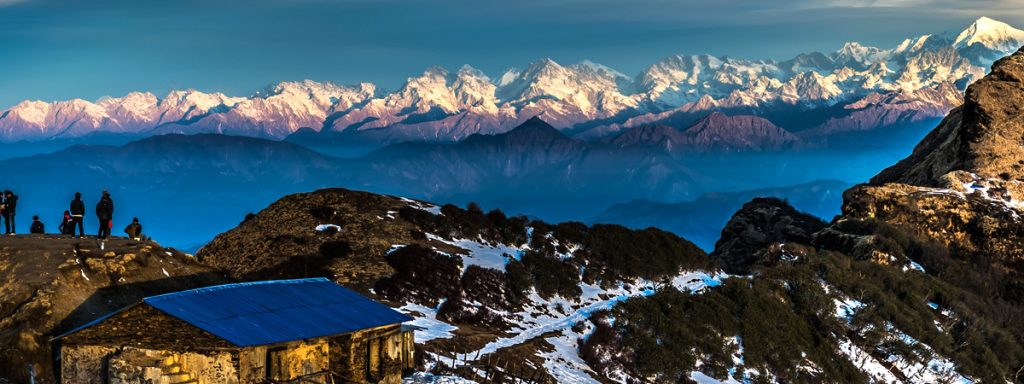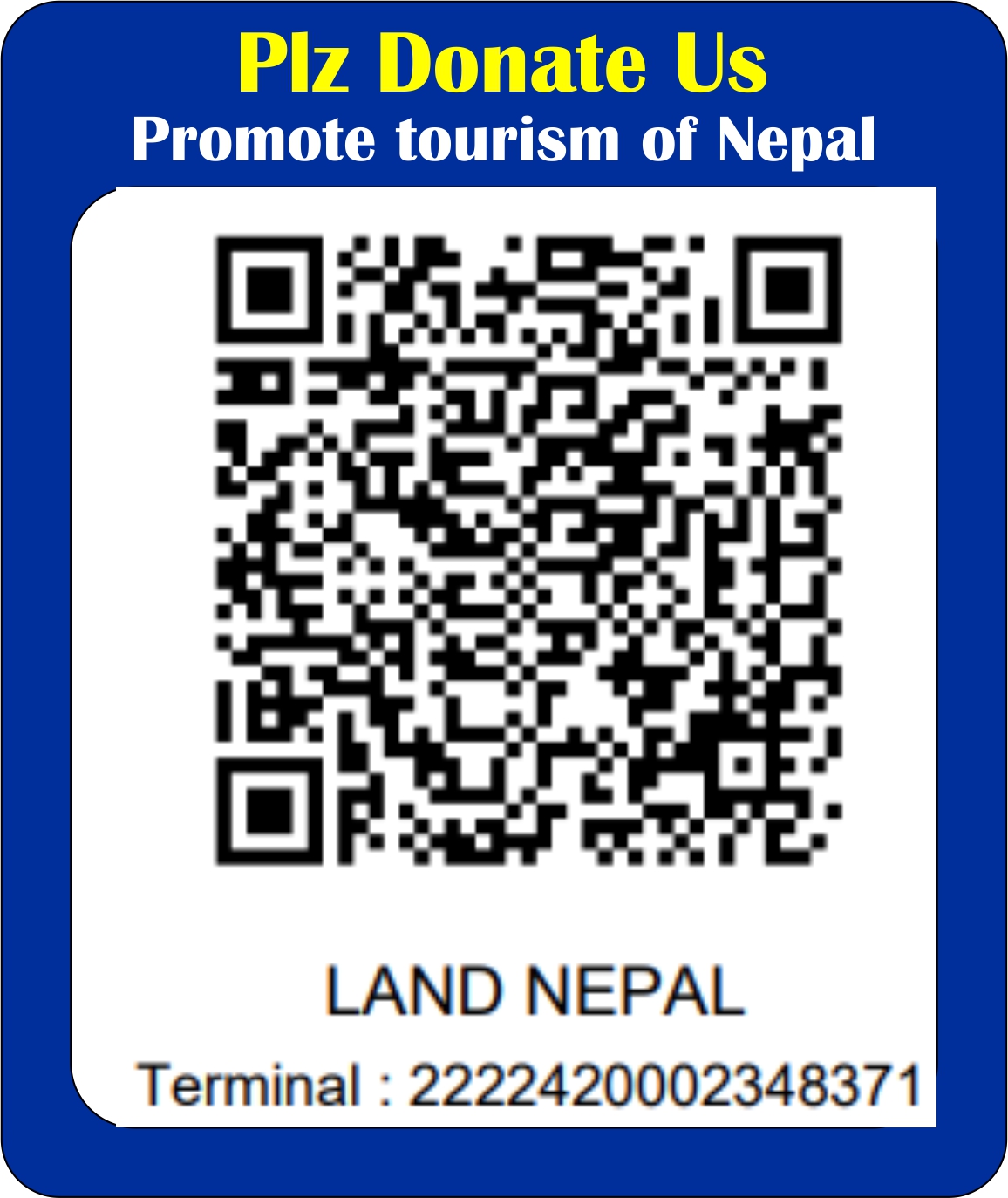The Gaurishankar Conservation Area is one of the protected areas in Nepal which is known for being good habitat for the endangered Red Panda.
Description: The Gaurishankar Conservation Area, which is part of the Sacred Himalayan Landscape, is named after the Gaurishankar Himal (7,134 m). Tourists that come to Nepal for peak climbing, hiking, adventure sports, and bird viewing will find heaven in this region.The conservation area’s name, Guarishankar, is derived from the god Shankar, another name for Lord Shiva and his spouse Gauri. The god and goddess danced on top of the mountain, according to Hindu mythology, thus the name Gaurishankar was kept. After Melungtse, which stands at 7,181 meters, the GaurishankarHimal is the region’s second highest mountain.Tourists that come to Nepal for peak climbing, hiking, adventure sports, and bird viewing will find heaven in this region.The region has abundant water resources and is home to the Khimti, Bhotekoshi, Sunkoshi, and Tamakoshi rivers, which provide water for some of the country’s most important hydropower facilities. The region is also known for its glacial lakes and Glaciers cover 2.77 percent of the region’s total land area.
Location: The conservation area is located in northeastern Nepal, between the Sagarmatha and Langtang National Parks. The Gaurishankar region spans 2,179 square kilometers (841 square miles) and includes the districts of Ramechhap, Dolakha, and Sindhupalchowk.
Climate: The Gaurishankar region is located between 968 and 7,181 meters above sea level and has six distinct climates: subtropical, temperate, subalpine, alpine, and nival.
Wildlife and Vegetation: The Gaurishankar Conservation Area is home to a diverse range of species and plants. There are 235 bird species and 34 animal species, including the critically endangered snow leopard, Himalayan black bear, and Himalayan Thar. There are about 16 different types of plants here.
Local Population: In this location, we can discover a diverse range of cultures. The Tamang, Sherpa, Chhetri, Newar, Thami, Dalit, Magar, Gurung, Brahman, Sunuwar, and Surel ethnic groups live in the Gaurishakar Conservation Area’s buffer zones. The people’ livelihoods are based on agriculture, pastoralism, quarrying, and tourism.
Best time to visit: Between March and May, when the days are pleasant and the nights are cold, is the finest time to explore the Gaurishankarprotected region. Trekking in the Gaurishankar area is also best done in the autumn.
How to get there: From Kathmandu, take a bus to Singati Bazaar or Chhetchhet to visit Rolwaling Valley within the conservation area. If adventure sports are your thing, The Last Resort provides transportation to the Bhotekoshi River as part of their trip packages. If you want to climb to the Everest Base Camp from the Gaurishankar area, take a bus from Kathmandu to Jiri.
The conservation of Gaurishankar protected area seems to be very necessary to reduce the deterioration of habitat and wildlife in this area.Habitat loss, livestock pressure, firewood gathering, fodder gathering, and illegal poaching are all issues that the Red Panda faces in Gaurishankar Conservation Area. Indirect risks to Red Pandas include cattle grazing in Panda habitat and the usage of bamboos as veggies, roofing materials, and other raw materials for home goods. Such illegal behaviours needs to be banned and proper maintenance should be employed in the Gaurishankar Conservation Area which is one of the assets of our country Nepal.
-Article written by: Saru Niraula for Land Nepal




